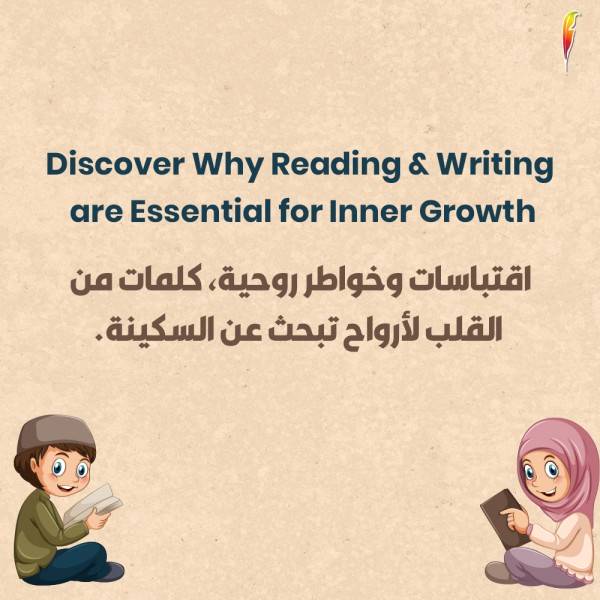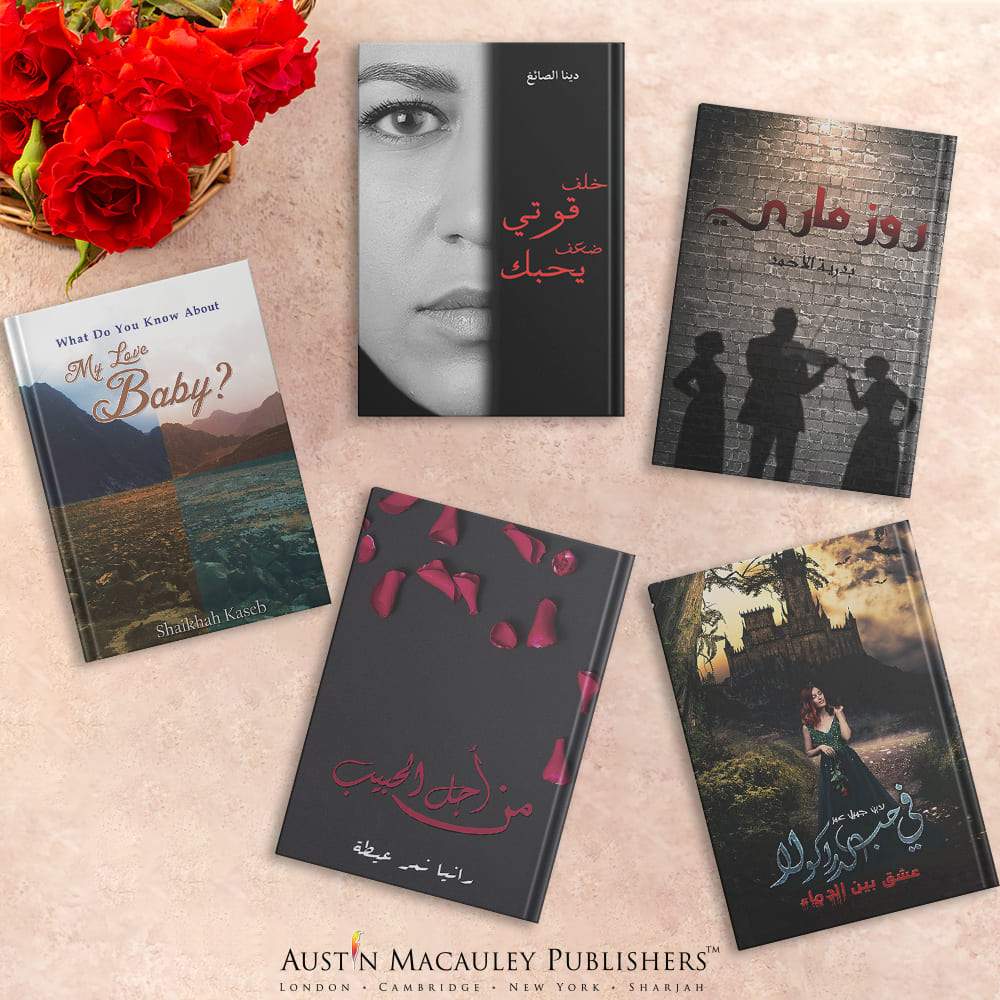Of all the genres of fiction, the most popular is romance. And rightly so—it’s a genre almost every reader can relate to. It talks about a passion that we all long for—love. We love being in love, loving someone or being the beloved of someone. When these love experiences are written on paper, they have the power to transform the perspective of generations to come. Wuthering Heights, Jan Eyre, Pride and Prejudice and Love in the Times of Cholera are some of the best romantic books that continue to influence us to this day.
Ever since romance novels appeared on the scene, the same basic story is repeated. Boy and girl meet. Their interactions evolve into love. A romantic relationship is developed. The usual conflict sets in. These adversities are overcome, sometimes against all odds. Both find solace in each other and start living happily ever after—or for the foreseeable future. Sounds familiar? It is. But still, the readers’ appetite for this genre, if anything, is growing day by day.
If you are passionate about writing fiction, romance should be the genre to start with. How to do that? In the succeeding paragraphs, we’ll try to offer you our help on how to produce a gripping work of romance.
Here are a few tips for writing a best-selling romance novel:
1. Choose Your Subgenre
Romance is a big genre. While anything you write on love will be called romance, there are subgenres you can choose to focus on. These are contemporary, historical, young adult, supernatural, fantasy, religious or spiritual and erotic romance. Which one should you go for depends on your taste and your audience (we’ll discuss the audience later.) Some subgenres such as historical fiction need extensive research about the period of history where the novel is set. But whatever you decide to write should broadly conform to any of the above categories.
2. Know Your Readers
Probably, you aspire to write your novel, publish it and sell it to the readers. Thus, you are not only a writer but a businessperson as well. And what is the most significant factor that determines the success of a business? It is to know who are your prospective customers. In this case, who are your readers? Their culture and values? Demographics? Their sensitivities? These also determine the point of view of your story. Most of the time, the narration of events is from a woman’s point of view. It’s because women make up the vast majority—about 80%—of romance readers. Naturally, they’ll be interested in reading the story from their own perspective rather than a man’s.
3. Plot, Characters and Tropes
In the introductory paragraphs, we discussed how the plots of a romantic story have been, broadly, the same. However, it is the details that you would work on. For instance, what is the trope of your story? “A trope in literary terms is a plot device or character attribute that is used so commonly in the genre that it’s seen as commonplace or conventional.” Below are some common tropes in romance.
- Enemies to lovers. A boy and girl are enemies at first. The enmity is converted into friendship and eventually into love.
- Damsel in distress. A girl is grappling with her problems. The hero comes and frees her from the clutches of these problems and she falls in love with him. Or vice versa.
- Friends to lovers.
- Forbidden love. Both boy and girl, for whatever reason, are not allowed to love each other.
- Soul mates. As if they were made for each other.
- Love triangle. There are three characters, two of them competing to prevail upon the third one.
There are many others too. You can choose any trope. However, it is not the trope but your plot that will define your success.
Does your plot have the necessary tension—something that stops the protagonists from becoming one—that will engage the readers? What about your characters? Do they relate to your target audience? Let’s take the example of Pride and Prejudice. Its trope is enemies to lovers, and the tension is the social hierarchy—Mr Darcy is from nobility, has a large estate while Elizabeth Bennet is a middle-class woman and if both come together, Mr Darcy’s acquaintances would not appreciate his choice. In Nicholas Spark’s The Notebook, it is the class difference that doesn’t allow Allison and Noah to unite in marriage. The characters in these stories are not superheroes but ordinary people and therefore, many readers can relate to.
4. Setting – Time and Place
The setting means the place and time in which the story is based. If it’s a historical romance, the writer must have the necessary know-how of that era. Where the story takes place should conform to the ambiance of the day including the dressing, the architecture, the scientific developments, and the prevalent attitudes of people towards all the things discussed in the story. Try to create vivid imagery of your settings, one that will arrest the imaginations of your readers.
5. Intimate Scenes – Yes or No?
Here, the writers of romance find themselves in a perplexing dilemma. There are no fixed rules for including intimate scenes and very much depends on your subgenre and target audience. In Young Adult, intimate scenes are usually avoided. In any case, unless you are writing erotica, the intimate scenes serve a specific purpose—to help the story move in a clear direction. If you have decided to include these scenes, they should be progressive and implicit—leave much to the imaginations of readers.
6. What About Secondary Characters?
Though much of your energy will be spent on the main characters, secondary characters should not be ignored. They help the story as much as the protagonists do. Friends, family, foes, neighbours, colleagues, and whoever else you have given the role of a secondary character contribute to making your story great. The only rule here is, the attention given to them shouldn’t obscure the leads.
7. A Good Ending
Romance readers expect the author to give a good ending to the story. A favourable ending is in which both the protagonists come together. As in ‘Love in the Times of Cholera’ (Spoiler alert ahead!) it takes decades for Florentino Ariza and Fermina Daza to overcome the tensions and come together. In Pride and Prejudice, despite the initial dislike, both come together eventually. But it is not a rule that both the lovers should unite in marriage. For instance, the endings of The Fault in Our Stars and A Walk to Remember are not what we would call a ‘happy ending’. Still, they’re popular among the readers. However you bring the story to end, it should satisfy the readers, evoking the necessary emotions, that what they read was worth it.
8. Read More About Your Genre – and Subgenre
For any aspiring writer, reading is a must-to-do thing. No ifs and buts here. The reason for this is, the readers are not only interested in learning about what happens to a couple. When they pick a work of fiction, they expect a good drama, catchy sentences, compelling metaphors and a positive message at the end of the story. To help you understand what we just described above, we have listed some of our best-selling romance books below. While we won’t reveal the tropes and settings of these novels for the fear of spoilers, they have all these ingredients carefully woven into them. These stories would spark your imaginations and help you in generating worthwhile ideas for your own work of romance.
Book: Behind My Strength is a Weakness, Loving You
Author: Dina Al-Saigh
Book: For the Beloved
Author: Rania Nimr Eitah
Book: Rose Marie
Author: Badriah Al-Ahmad
Book: What Do You Know About My Love, Baby?
Author: Shaikhah Kaseb
Book: In Love with Dracula
Author: Nadine Jameel Omar
Other than these, we boast of a resourceful collection on a variety of subgenres in romance. Explore this treasure here. Don’t forget, we are offering 30% off on all paperbacks!
We sincerely hope these tips and books would encourage you to take your pen and notebook (or your laptop) and start working on your masterpiece. If, however, you have already prepared the manuscript, we are just a click away. Send us your manuscript at submissions@austinmacauley.ae or explore more by visiting our submissions page.
To stay updated with our newly released titles, follow us on Facebook, Twitter, and Instagram.




